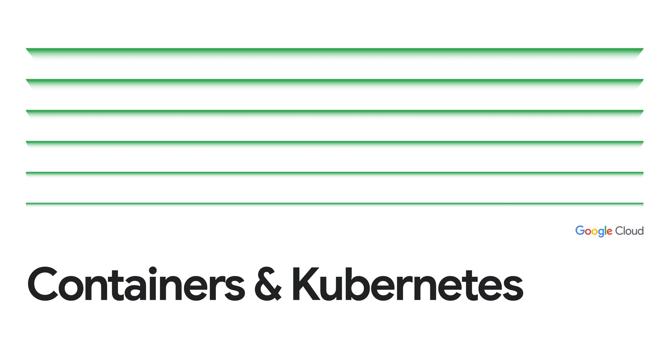Cloudblog
2d
330

Image Credit: Cloudblog
Supercharge data access performance with GKE Data Cache
- GKE Data Cache is now generally available and is designed to enhance the performance of read-heavy stateful or stateless applications by utilizing high-speed local SSDs as a cache layer for persistent storage in Google Kubernetes Engine (GKE).
- Using GKE Data Cache with Postgres has shown significant performance improvements such as up to a 480% increase in transactions per second and up to an 80% reduction in latency.
- Stateful applications like databases often face performance limitations due to storage I/O speed, with read-intensive workloads experiencing bottlenecks impacting responsiveness and scalability.
- GKE Data Cache seamlessly integrates with Persistent Disk or Hyperdisk volumes, caching frequently accessed data on local SSDs attached to GKE nodes to reduce read latency and improve throughput.
- Benefits of GKE Data Cache include lower read latency, higher throughput and queries per second (QPS), potential cost optimization, simplified management, and improved developer experience.
- It supports all read/write Persistent Disk and Hyperdisk types, allowing users to choose the right storage while leveraging the performance advantages of local SSDs for reads.
- To get started with GKE Data Cache, users need a GKE Standard cluster with local SSD-configured node pools, data cache feature enabled, and specify data cache acceleration in the StorageClass.
- Users can create a data cache-enabled node pool by utilizing the appropriate command, with local SSDs reserved for caching to improve read performance for pods with caching enabled.
- Data cache setup includes configuring the StorageClass with data cache mode and size, which is referenced in a PersistentVolumeClaim to enable caching for stateful workloads.
- For detailed information on implementing GKE Data Cache for stateful workloads, users can refer to the official documentation.
Read Full Article
19 Likes
For uninterrupted reading, download the app